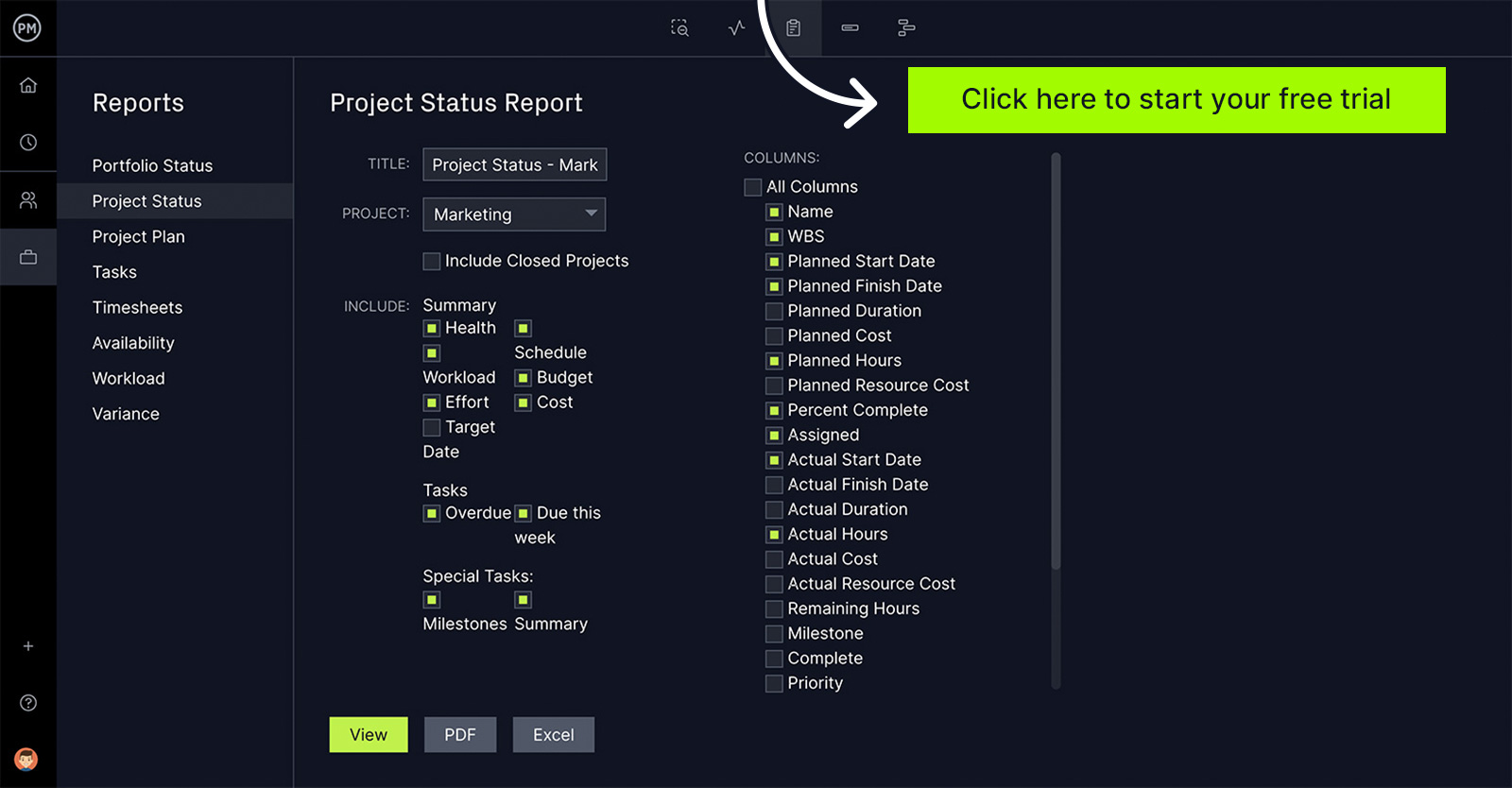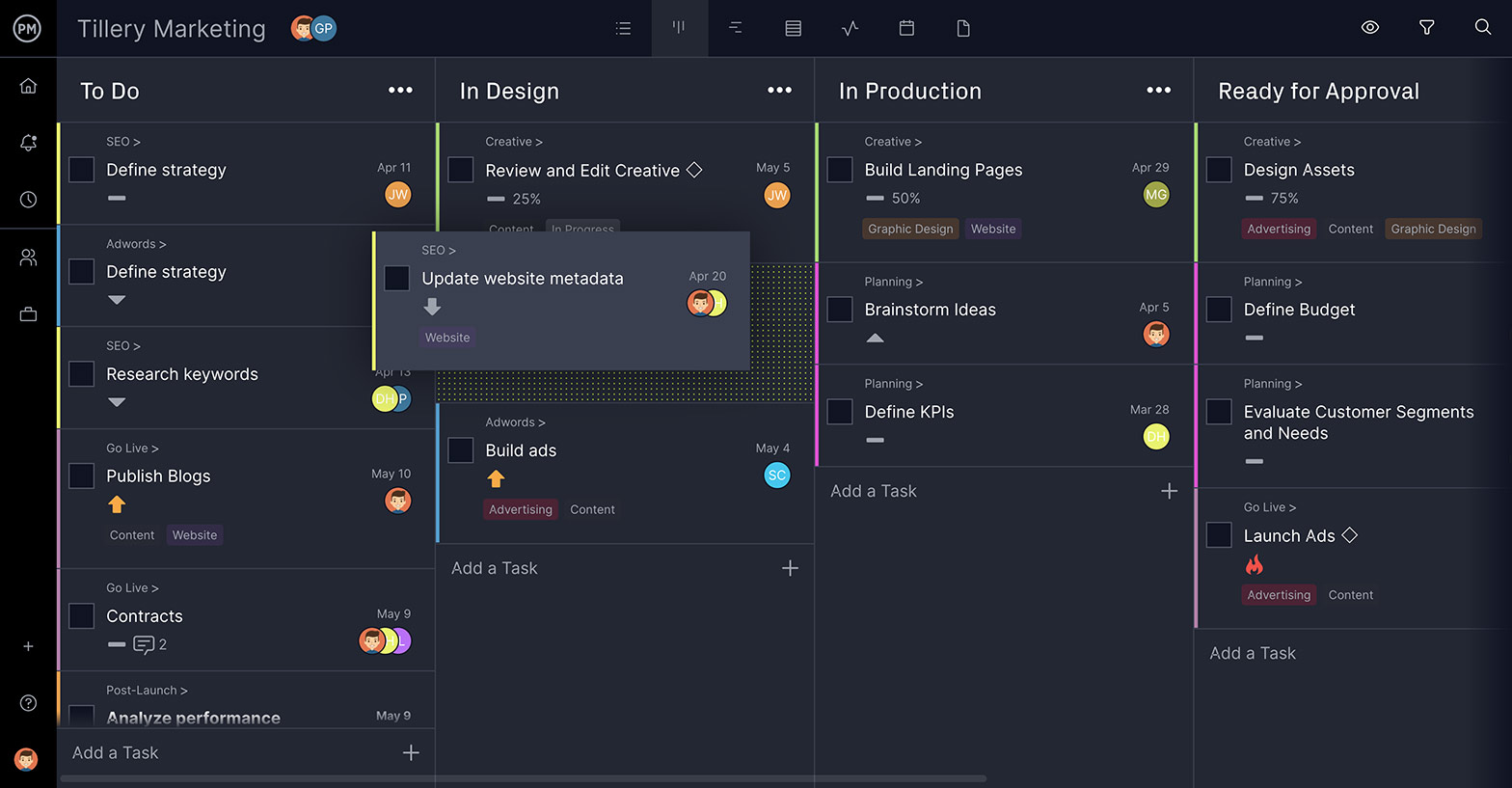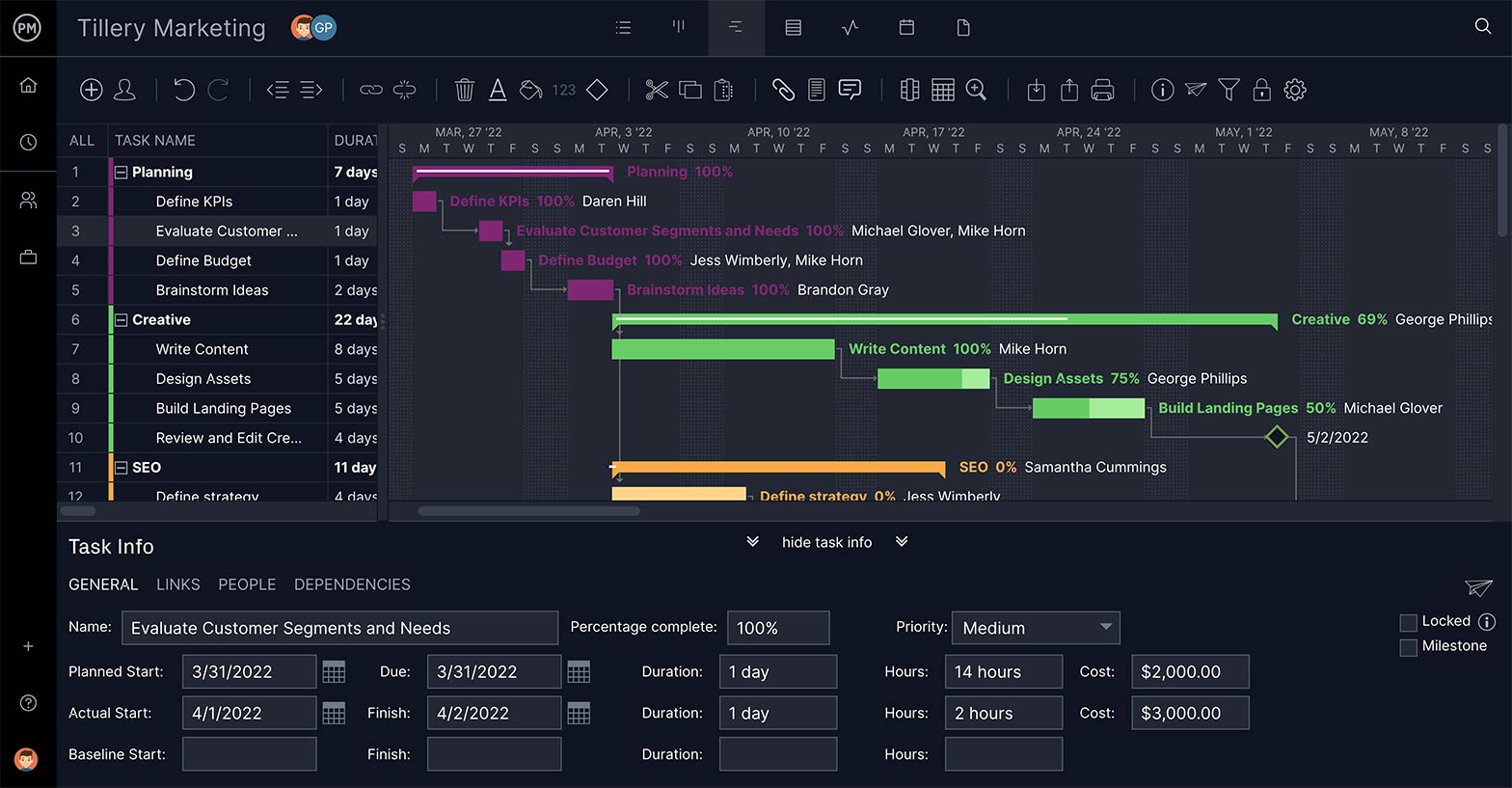Projects are risky, and project managers seek to reduce that risk. There are many ways in which they can do this, from a risk assessment to researching historical data on like projects and thorough planning. While issues inevitably arise in any project, the more they can be identified and controlled, the less they’ll be a problem.
But what about the whole project? Will it work? Will it be cost-effective and be completed within a reasonable timeframe? There are so many questions outside of the probability of something going wrong. How can a project manager test out the waters, so to speak, and see if the project is even feasible?
That’s where a pilot study comes in. You may have heard it referred to as a pilot project, pilot test and even pilot experiment. Think of it as a taste test to see if you’re going to want to eat the whole meal. For a project, it’s a small step to make sure the larger journey is worth taking.
What Is a Pilot Study?
A pilot study is a small-scale project that is used to test the feasibility, duration, cost and risks of the full-scale project. Through this study, improvements can be made to better the performance of the larger project.

The reasons for a pilot study are obvious. Why waste time, effort and money on a project that is destined to fail? With a pilot study, it becomes clear whether or not the project is worth it. It’s a small up-front expenditure that can save a large loss later on.
It’s also a great process to find inadequacies in project design that would be costly to fix when the project is full steam ahead. However, those flaws could be redesigned prior to executing the full-scale project, and therefore, add efficiencies that make the whole process more productive.
The insights of a pilot study are invaluable and worth the effort, cost and time. They can show pitfalls that are not evident, things that are missing from the plan and more. This all saves money in the long run and clears the way for a more successful outcome.
How to Run a Pilot Study
A pilot study needs to incorporate each feature or activity of the project. It should break down the project into tasks that are then tested. But this will speak to the feasibility of the project writ large. It’s also advisable to seek out any historical data that you might obtain from other companies or organizations that have case studies relevant to the work you’re about to embark on. Once you’ve done that, follow these six steps to implement an effective pilot study.
1. Have a Clear Goal
Without a clear goal, a reason to set out on a pilot study, there can be no focus. Without focus, your work will not hit its target, for there will be no target to hit. Before you get started it is imperative to know what it is you studying and set a project objective. It sounds like an obvious step, but often projects stumble ignorantly forward without it.
Therefore, ask some questions to sharpen the pilot study. What does success look like? It could be making a cheaper product, or perhaps it’s more important to save time and get the product to market quicker. Whatever the goal, clarify it, make sure it’s clearly stated and then keep it in mind as you move through the pilot study. This allows you to decide if the pilot study is a success or a failure.
2. Determine the Duration
The next step is deciding how long the pilot study should be. This will depend on what you’re studying, what your goal is and how long it would take to run the pilot study to get an idea of its pros and cons. This includes setup time and any other ancillary processes.
3. Create a Study Group
The group that is testing the product or technology is important. They’ll provide you with the data you need to make a decision on going forward or reworking some features. Therefore, the group must be large enough to provide usable data but not so big that it becomes unwieldy. Usually, the size of the group is between 10 and 20 people. These must be individuals who understand how to use the technology and do so regularly.
4. Have an Onboarding Plan
Not only is this step vital for the study group, it will also be a valuable asset later on in the project when going through the QA process. You’ll already have a set of instructions to disseminate among your team for testing. You’ll want to have training and resources available to help users in the study. If and when the product or technology is ready for the market, you’ll have a set of users comfortable with it, which helps with large-scale adoption of the product or technology.
5. Get Feedback
This sounds like a no-brainer. What’s the point of a pilot study if you don’t get feedback? But sometimes it’s the most obvious steps that are lost in the shuffle. Don’t neglect this one.
The pilot study is a trial-and-error reporting, so you want to hear back if it worked or not. This provides you with the necessary information to troubleshoot and solve issues before a large-scale rollout.
The pilot study group should be given ample opportunity to share their experience throughout the entire process, not merely at the end of it. When the pilot study is completed, you can use more formal methods of gathering data, such as group discussions, surveys and self-evaluations.
6. Address Issues
The point of the whole pilot study is to have a list of challenges that must be dealt with. So, the last step in this process is working on whatever hiccups or bumps in the road to market you discovered and resolving them before releasing the product or technology.
It’s important to remember that you want the benefits of your project to outweigh whatever costs, time and effort are required to implement it. This is basic return-on-investment thinking and will be the final factor in deciding on the feasibility of the project going forward.
How ProjectManagerHelps a Pilot Study
A pilot study is a project. As we wrote earlier, it only differs in terms of its size. Therefore, project management software is key to making sure you plan and implement it well. With ProjectManager, you can plan all the phases of the pilot study on a kanban board. Each step is a column heading and the tasks are cards that travel horizontally across them.

With our multiple views, you can further track the project by switching to the Gantt view, which places all the tasks across a project timeline. The start date and end dates are represented by points on the timeline, with a bar connecting them to illustrate the duration of the task. Dependent tasks can be linked and all tasks can be assigned to whoever is responsible for executing them.

Meanwhile, Project managers get the transparency they want in every aspect of the project. Our dashboard gets current data and crunches those numbers to display in colorful graphs and charts. Six project metrics are tracked, such as task progress, health and variance.

ProjectManager is a cloud-based project management software that keeps projects running smoothing through every phase, from initiation to close. Project managers get the tools they need to better plan, track and report on progress, while teams are given collaborative features that make them more productive. Try ProjectManager with your next project with this free 30-day trial.

